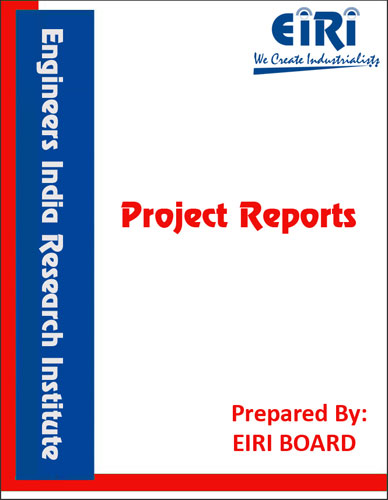AUTOMATIC BRICK PLANT
The project report includes Present Market Position and Expected Future Demand, Market Size, Statistics, Trends, SWOT Analysis and Forecasts. Report provides a comprehensive analysis from industry covering detailed reporting and evaluates the position of the industry by providing insights to the SWOT analysis of the industry.
We can prepare PROJECT REPORT as per your INVESTMENT PLAN for BANK LOAN REQUIREMENT and INDUSTRY ANALYSIS. All reports are prepared by highly qualified consultants and verified by a panel of experts.
Have Query? Click Here to Chat
Industry Expert is Online, Chat with him for more detail.

Bricks and tiles may be made from a number of different kinds of materials, but they must usually possess (or be capable of developing) a certain amount of plasticity, so that clay and allied material such as argillaceous shale are, therefore, the most important brick making materials.
The name clay is derived from an old English word meaning adhesive or plastic, but many clays are not plastic when found and all clays cease to be plastic when derived through most clays can be made plastic (to some extent) by mixing them with a suitable portion of water either directly or after a preliminary reduction to powder. It is not, therefore, sufficient to define all clays as plastic materials.
Project Report Covers:
- Introduction
- Uses and Applications
- Properties
- Market Survey with future aspects
- Present Manufacturers
- B.I.S. Specifications
- Manufacturing Process with Formulae
- Cost Economics with Profitability Analysis
- Capacity
- Land & Building Requirements with Rates
- List & Details of Plant and Machinery with their Costs
- Raw Materials
- Details/List and Costs
- Power & Water Requirements
- Labour/Staff Requirements
- Utilities and Overheads
- Total Capital Investment
- Turnover
- Cost of Production
- Break Even Point
- Profitability
- Land Man Ratio
- Suppliers of Plant & Machineries and Raw Materials.



